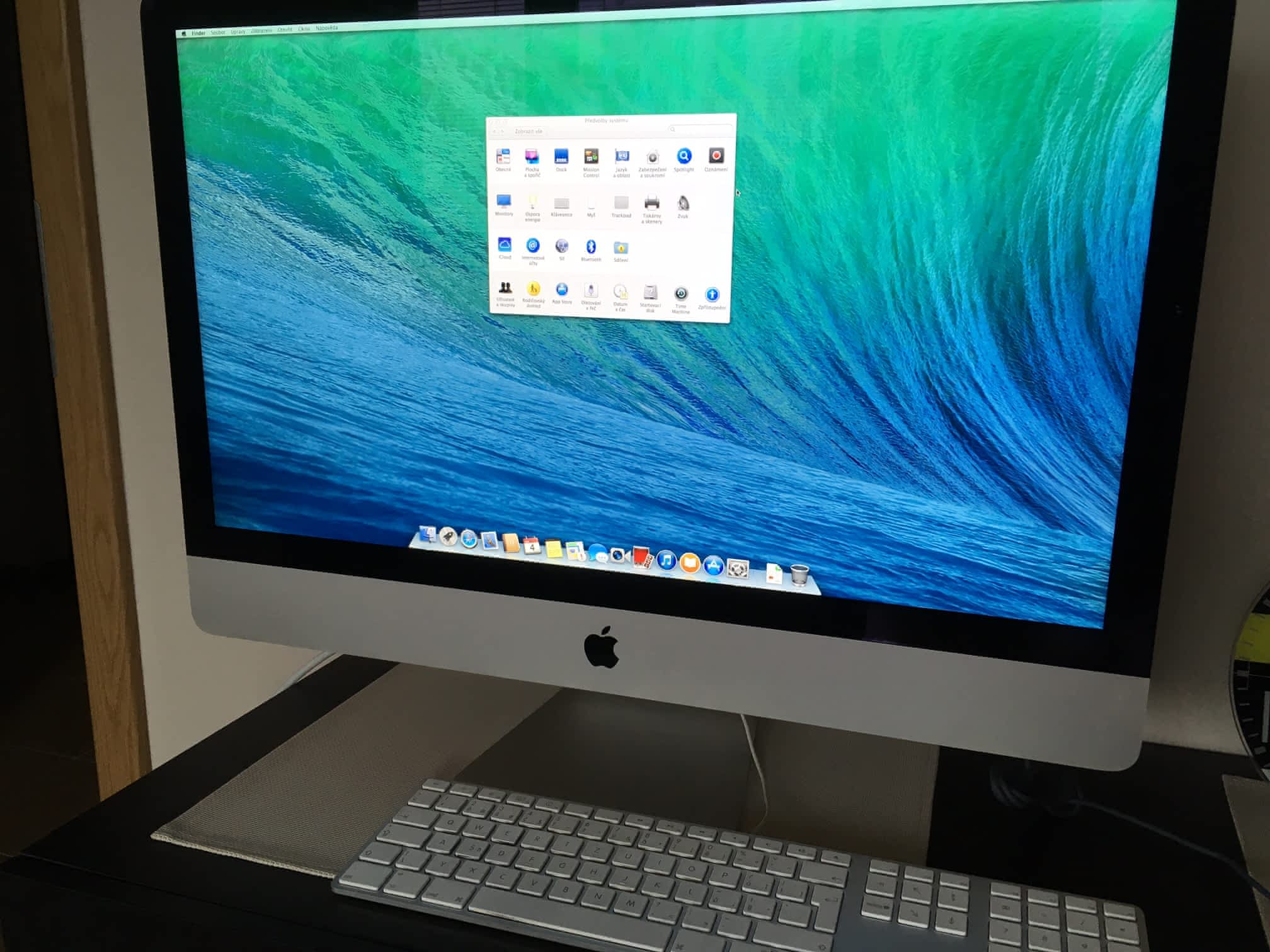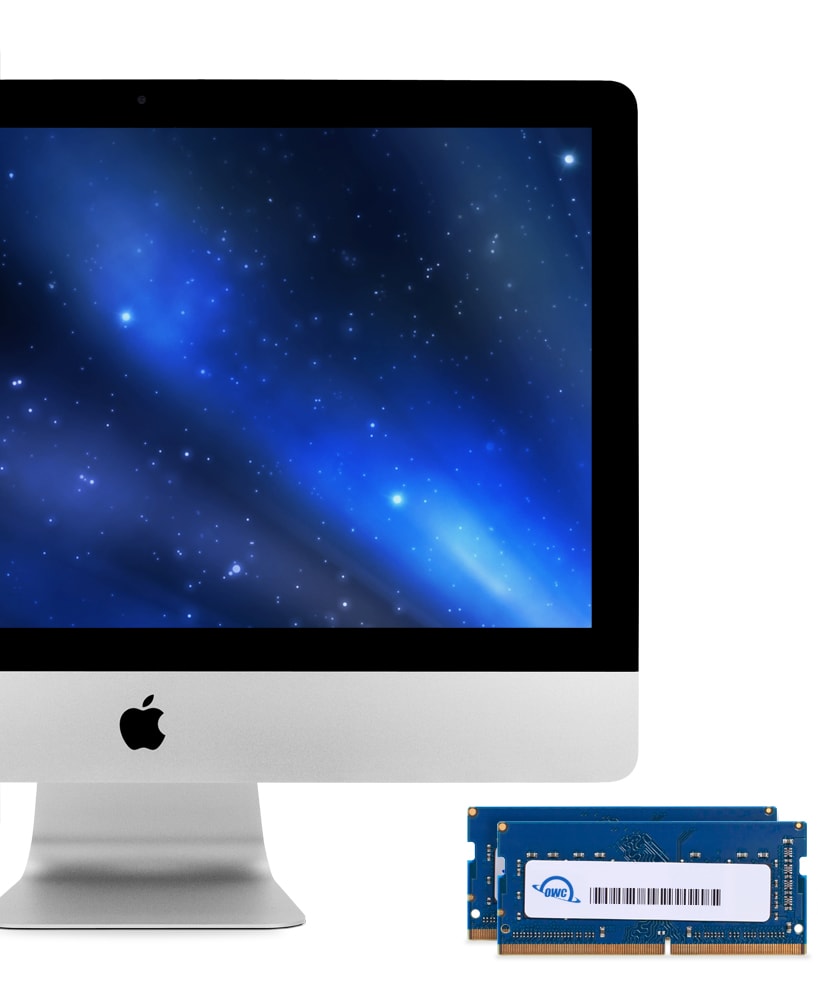


Options for the 27-inch models include the same storage choices as the 21.5-inch iMacs but add an available 3TB hard drive for $150, 3TB Fusion Drive for $350, or 1TB of flash storage for a cool $1000. The higher-end 21.5-inch iMac’s processor can be upgraded from the standard 2.9GHz Core i5 to a 3.1GHz quad-core Core i7 processor for another $200.

Upping the RAM from 8GB to 16GB will cost $200. Available options for the $1499 21.5-inch model include 256GB or 512GB of flash storage ($200 and $500, respectively) or a 1TB Fusion Drive ($200) which marries 126GB of fast flash storage and 1TB hard drive into a single volume that performs much like an SSD, but with the capacity of a hard drive. If you think you might want a larger or faster internal drive, it’s best to customize your iMac at the time of purchase. While this and other changes help to significantly reduce glare on these recent displays, it makes it much harder to service the 2012 and later iMacs. The glass cover is adhered to the display, not held on by magnets like the aluminum iMacs released before 2012. The IPS screen gives the iMacs excellent viewing angles with no loss of contrast or color shifts as you move away from the center of the screen. The resolution of the widescreen displays remain at 1920 by 1080 on the 21.5-inch and 2560 by 1440 on the 27-inch iMac.
#Imac 27 late 2013 thunderbolt version mac#
The new iMacs do not include Thunderbolt 2 ports found in the latest Mac Pros and MacBook Pros or FireWire ports found in iMacs predating the late 2012 models.Īs with its predecessors, the new iMacs feature glossy screens with LED backlights and IPS panels. These new iMacs have the same four USB 3.0 ports, dual Thunderbolt ports, SDXC card slot and gigabit Ethernet port as the late 2012 models.


 0 kommentar(er)
0 kommentar(er)
